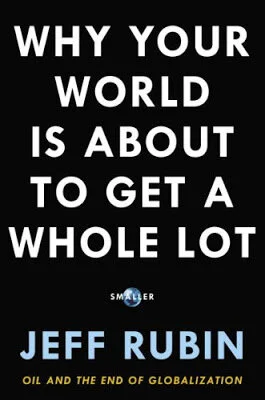Reach Beyond Existing Demand
Challenge 2 conventional strategy practices
1) the focus on existing customers
2) the drive for finer segmentation to accommodate buyer differences
- the more intense the competition is, the greater the resulting customization of offerings – risking creating ‘too small’ target markets
Companies should take a reverse course.
Instead of concentrating on customers, they need to look to noncustomers. And instead of focusing on customer differences, they need to build on powerful commonalities in what buyers value. This unlocks a mass of customers that did not exist before
By looking to noncustomers and focusing on their key commonalities – [Callaway Golf] see how to aggregate new demand and offer the mass of customers & noncustomers a leap in value.
Where is your locus of attention – on capturing a greater share of existing customers, or on converting noncustomers of the industry into new demand? Do you seek out key commonalities in what buyers value, or do you strive to embrace customer differences through finer customization and segmentation? To reach beyond existing demand, think noncustomers before customers; commonalities before differences; and desegmentation before pursuing finer segmentation.
3 Tiers of Noncustomers
1) Buyers who minimally purchase an industry’s offering out of necessity but are mentally noncustomers. They are waiting to jump ship & leave the industry as soon as the opportunity presents itself. Given a leap in value they will stay & their frequency of purchases will multiply [Pret A Manger]
Noncustomers tend to offer far more insight into how to unlock & grow a blue ocean than do relatively content existing customers.
Key reasons 1st tier noncustomers want to jump ship? Look for commonalities across their responses.
2) People who refuse to use your industry’s offerings; they see your offerings as an option to fulfill their needs but have voted against them. [Callaway example: country club tennis players that could choose golf but didn’t]
Refusing noncustomers: People who either do not use or cannot afford to use the current market offerings. [JCDecaux, street furniture, found that municipalities could offer stationary downtown locations, where people tended to wait a few minutes and hence had time to read & be influenced by ads]
What are the key reasons 2nd tier noncustomers refuse to use the products/services of your industry? Look for the commonalities across their responses.
3) Noncustomers who have never thought of your market’s offerings as an option. By focusing on key commonalities across these non customers & existing customers, co. can understand how to pull them into their new market
Unexplored noncustomers have not been targeted or thought of as potential customers, b/c their needs and the business opportunities associated with them have somehow always been assumed to belong to other markets. [Joint Strike Fighter]
Focus on the tier that represents the biggest catchment at the time.
Also explore whether there are overlapping commonalities across all 3 tiers.
1st reach beyond existing demand to noncustomers and desegmentation opportunities as you formulate future strategies.
If no such opportunities can be found, you can then move on to further exploit differences among existing customers. But in making such a strategic move, you should be aware that you might end up landing in a smaller space. You should also be aware that when your competitors succeed in attracting the mass of noncustomers with a value innovation move, many of your existing customers may be attracted away b/c they too may be willing to put their differences aside to gain the offered leap in value.
